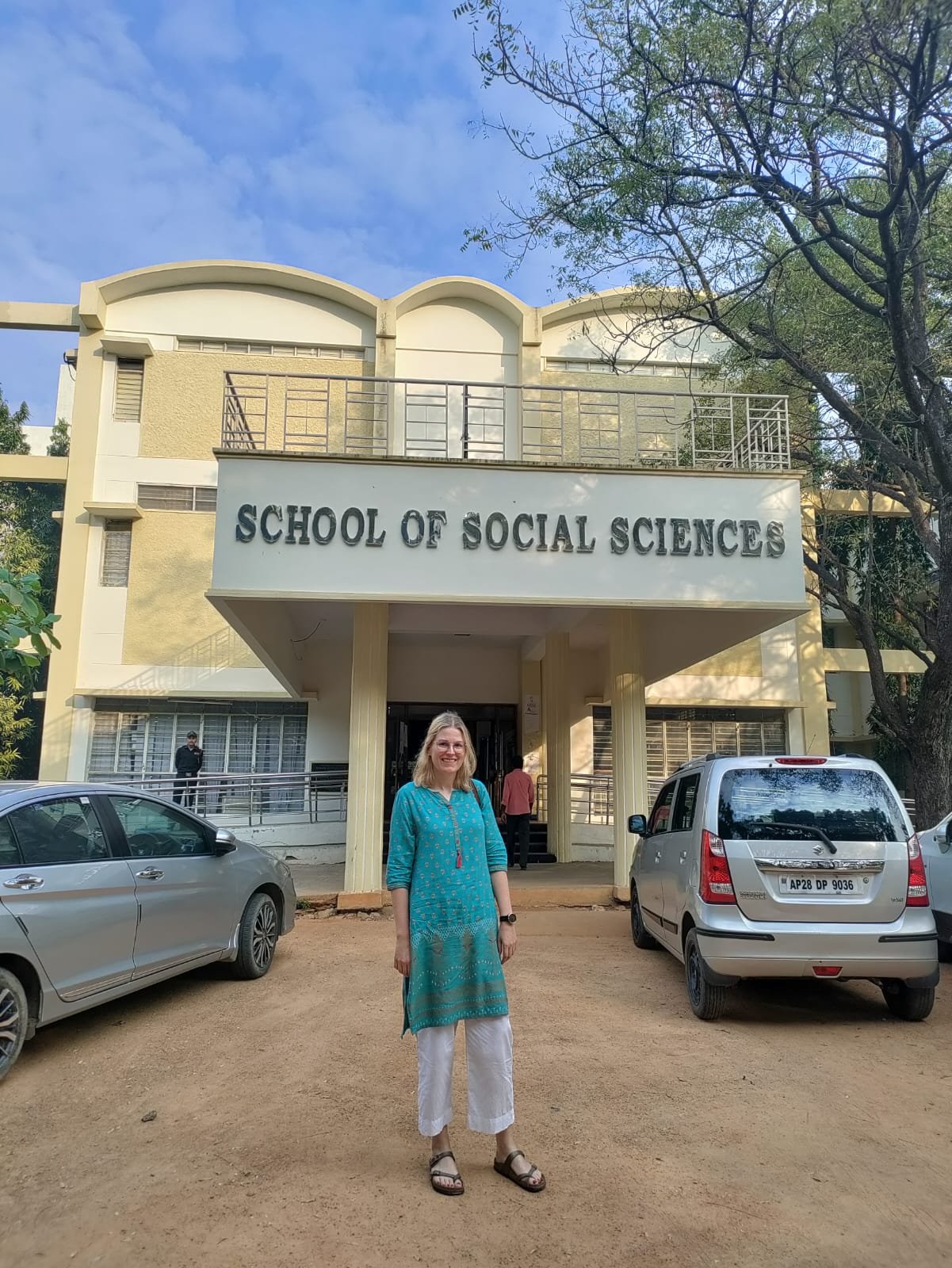Tracing the global map for antibiotic production and distribution with Lise Bjerke
Antibiotics are always a hot topic. Discovery of Penicillin, a beta-lactam drug that kills Streptococcus and other common infection-causing bacteria, revolutionized the medical field in the 1930s. However, soon after in the 1940s, the first bacterium showing resistance to penicillin surfaced. Ever since then, pharma companies continue to find newer ways to modify the chemical structures of antibiotic molecules providing us with third and fourth-generation drugs in the market; and while they were at it, pathogenic bacteria are acquiring multi-drug resistance and becoming ‘Superbugs’. To win the arms race against the superbugs, we not only need newer antibiotics and more awareness about their usage but also an effective strategy to incentivize their global access. Lack of access to suitable first and second lines of antibiotic treatments is a major global problem and drives the overuse of broad-spectrum drugs, fueling the antibiotic resistance crisis.
Last year a publication on India’s role in antibiotics global trade caught our eyes and we decided to speak to the author and social science researcher, Lise Bjerke about the process behind her findings. In her study, Lise indicates how historical research on antibiotic pharmaceutical industries has been dominated by the perspectives of the global North and how India- the World’s pharmacy- is shaping the global antibiotic trajectories by providing low-cost generic drug solutions. Her Ph.D. project studies the production, regulation, and trade of key pharmaceutical industries producing antibiotics, mainly in Hyderabad, India, and provides a nuanced view of India’s rise as a global antibiotic supplier.
Her study is part of the FAR project [From Asia to Africa: Antibiotic Trajectories across the Indian Ocean] financed by the Research Council of Norway that aims to follow the supply chain of antibiotic medicines from production to consumption. One part of this research deals with China’s pharmaceutical industry, while another part focuses on the factors leading to India’s rise to becoming the World’s Pharmacy.
“A lot of basic antibiotics today, for the US and African markets, are produced only in two countries: India and China. If these supply chains are disrupted, that could create a huge shortage of these important medicines. Therefore, it is important to understand what led to the outsourcing of antibiotic production to these countries, and what factors shape the antibiotic markets today. It is often stated that the costs of production are lower in these countries, but what happens if the producers here also stop manufacturing these medicines because they see very low returns? This could impact our ability to treat infections and our work to do something about increasing drug resistance,” says Lise, who is a researcher in the field of medical anthropology and medical history.
Distribution of Global Antibiotics Exporters in 2021 (in Percentage) Source
The dependency on antibiotics from India and China is particularly a concern for many African countries, and several are arguing for more domestic manufacturing on the African continent. Such initiatives might also increase their local access to drugs. However, what they lack is a larger market at local sources, and the ability to produce at bigger scales which India and China excel in. The larger the market they serve, the less the cost of production for any industry; thus, the two pharma giants can afford to price the generic pharmaceutical ingredients and medicines at the lowest market rate.
Lise Bjerke at the Social Sciences Building, University of Hyderabad
For her research, Lise has been interviewing representatives from pharma companies, as well as scientists and experts in the field, to understand conditions that enabled antibiotics exports from India to grow. As a social scientist, she spends a lot of time building relationships in areas where people are known to be secretive. “But I think as a foreigner, they are interested in talking to me, maybe because they want to demonstrate the importance of India's pharmaceutical industry” observes Lise, adding about her method called ‘snowball sampling’ where one starts with a few contacts and then build on those to accumulate newer connections.
“I also think the Indian industry is working hard towards changing their present image in some markets that their medicines are considered of lower quality as compared to European and US medicines. Therefore, they are interested in introducing their companies and high-quality production capabilities to a broader audience. Interestingly, they also contribute to research and development in the pharmaceutical field, which is not always highlighted.”
Lise visited India in 2011 as a backpacker and got interested in its culture and history. She decided to pursue her higher studies in Indian politics, culture, and languages. It wasn’t just a coincidence that she became interested in how it all aligns with India’s trade and health. But for a Norwegian, India is a total contrast of cultures. It is hot most months of the year. The food, people, and languages are all very different from where she grew up. In addition to those, when the field is your lab, uncertainties can be plenty. Lise mentions how her research helps her become acquainted with the work culture and festivities in India during her interactions.
This is a behind-the-discovery article. We are always eager to talk to scientists from all fields to cover their thoughts and experiences behind their latest works. Write to us for collaborations.


